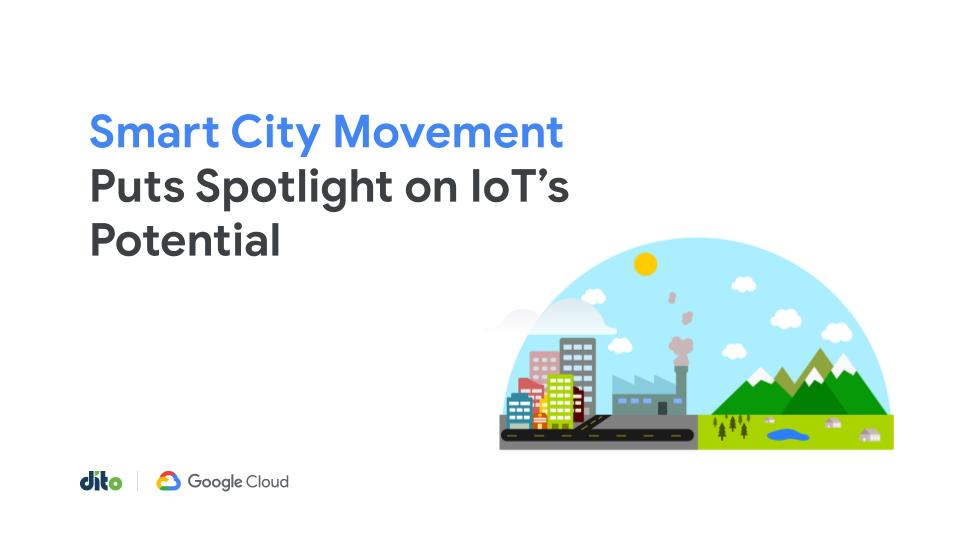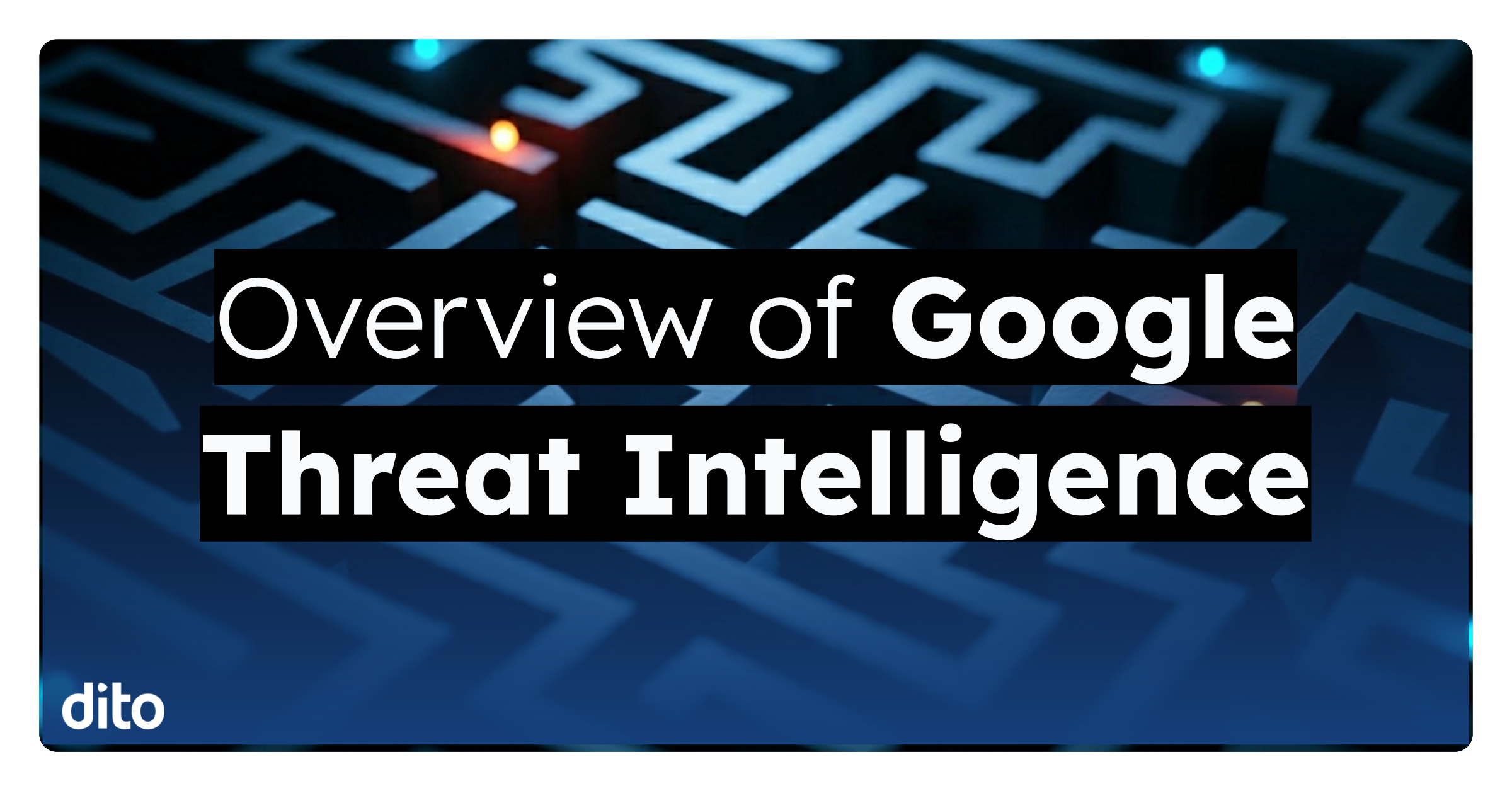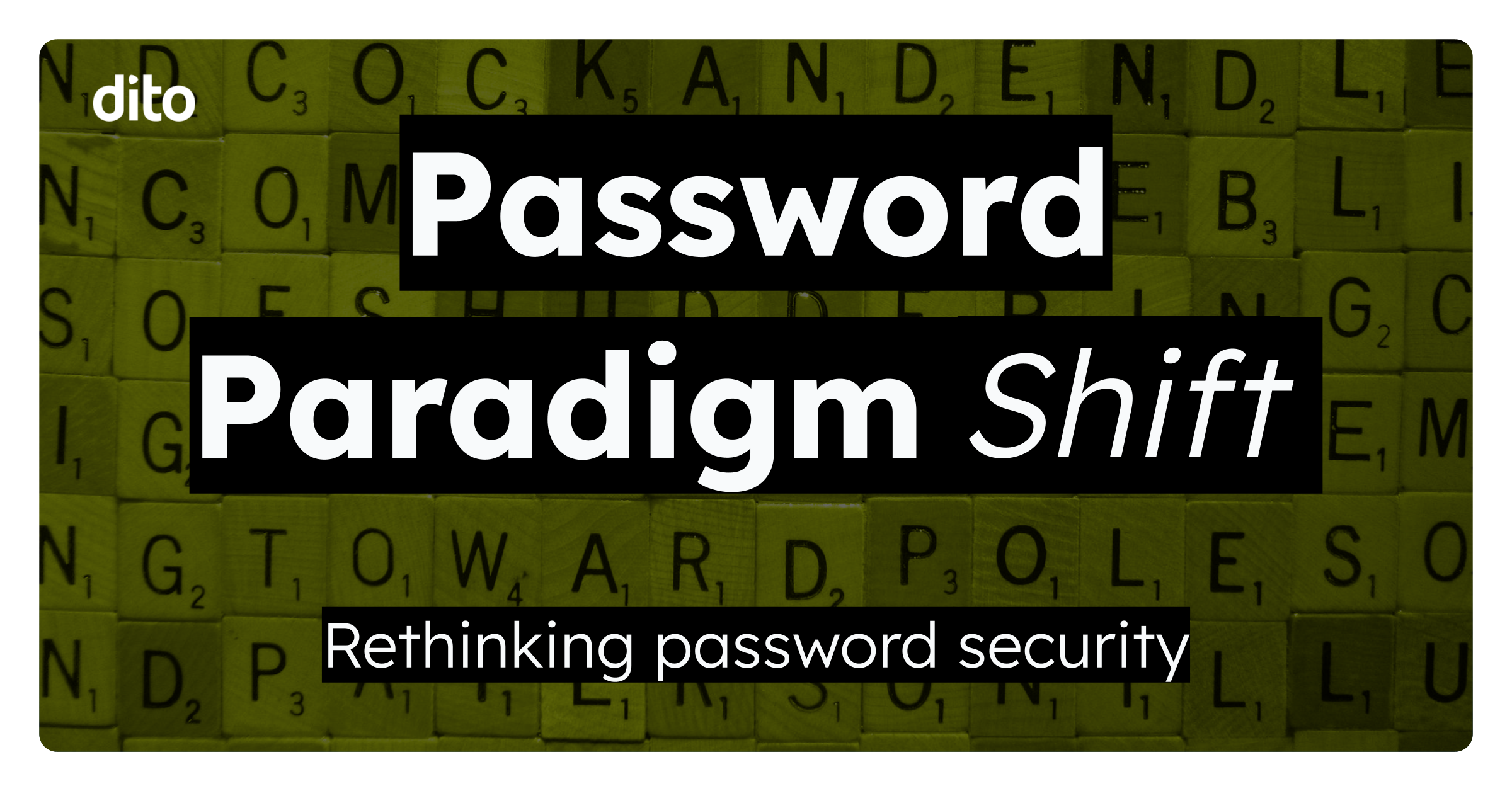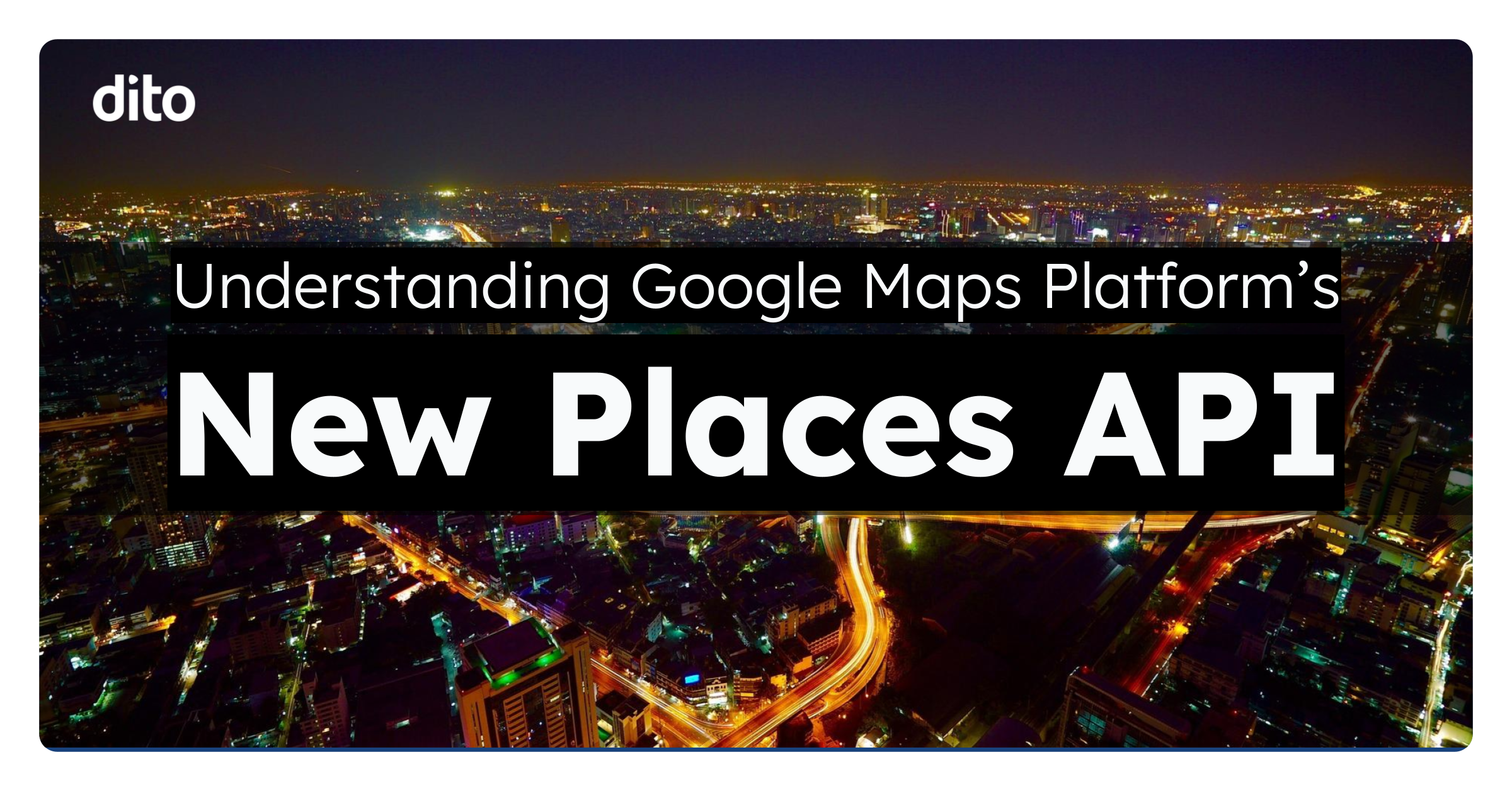The internet of things movement may have started with small-scale pilot projects, but it has quickly escalated to the degree that it may change the landscape of the world. The smart city trend is emblematic of this shift, with IoT solutions creating visibility and communications capabilities within municipal settings to drive data-driven decision-making and real-time transparency into the disposition of assets.
Name a common problem associated with life in cities, and there’s a good chance you’ll find an IoT use case for it. Is traffic bad at a few choke points in the region? IoT devices and corresponding software can track traffic patterns in real time and alter traffic light durations to eliminate gridlock. Does old utility infrastructure lead to public services challenges as public works teams struggle to keep up with maintenance demands? The IoT devices can monitor asset disposition and integrate with computerized maintenance management systems to optimize repair schedules based on real-world data, not projections.
The smart city is made up of big, complex solutions to similarly giant problems, and it has the potential to be transformative. To get there, municipal governments and private businesses will need to blend strategic IT investments that make data gathered from IoT devices actionable.
The Scope and Scale of the Smart City Movement
A smart city, as a concept, is a municipality in which connectivity exists across interconnected public systems. This can include the electric grid, surveillance equipment, water infrastructure, streets, places of residence, commercial facilities, and many other assets. The goal is to bring data together from all of these sources to manage the city in a more cohesive, intelligent way. In many instances, city governments and the organizations that serve them will initiate incremental projects that build toward a smart city goal. For example, smart grids have long been a trend to gain visibility into electricity use, improve frequency and load management and keep costs under control within electric systems. While an energy provider for a city may deploy a smart grid, the government’s waste management organization may use IoT devices to track garbage containers to prevent loss or theft.
The smart city takes all of these projects and builds them into a cohesive whole. This doesn’t have to mean that there’s one entity managing the entire thing, but instead that the municipal government is typically blending different initiatives in a strategic way, not simply letting the private sector do its thing in isolation. The overarching goal is to create flexibility and transparency within the city and the services that support residents.
The idea of the smart city is a grand one, and it is taking hold. A study from Grand View Research found that the global market for smart city systems will expand at a compound annual growth rate of 18.9% from 2019 through 2025, with its value reaching $237.6 billion by the end of that period. The trend is taking shape across a variety of municipal settings, from major metropolises that attract tourists in droves to small communities looking to solve long-standing problems.
According to the study, the smart city movement is being driven by investments in communication systems and web-based services, and cities are experimenting with a fairly wide range of deployment models as they consider the best way to implement solutions.
As the smart city movement gains steam in coming years, organizations face a major IT hurdle in getting projects off the ground.
The Technical Makeup of a Smart City Project
To use the most simplistic, straightforward explanation possible, a smart city initiative is ultimately made up of three layers of technology projects:
- IoT devices scattered strategically throughout the city to monitor different assets and gather real-time data (or near real time depending on the scenario) about what is happening in various municipal operations.
- Network and data center systems that gather, manage and store that data so software can use the information or deliver to relevant stakeholders.
- Software that takes action automatically based on data and applications that allow users to view, analyze and respond to information gathered by IoT devices.
The three-pronged nature of smart city systems means municipal governments and the private sector companies they partner with will need to make strategic investments in a variety of hardware and software systems to support everyday operations. What’s more, some traditional IT models don’t apply well to smart city environments.
For example, if you are using IoT devices for emergency reporting, you can’t afford to have latency delaying data transmissions and application notifications even by a second or two. When information has to travel from the device location to a distant data center, be analyzed and then sent out to users, the geographic distance can lead to delays. To resolve this, edge data centers that put network, storage and compute resources in closer proximity to IoT devices are gaining steam. This is just one area where traditional IT models are shifting to support smart cities, but it shows just how disruptive the trend can be.
Building Smart Cities in the Cloud
The Google Cloud Platform can simplify some elements of smart city projects, and it isn’t alone. Cloud providers are increasingly bringing related services under common platform umbrellas where data can be easily shared between systems and managed through a single pane of glass. Google is simply among the leaders in accomplishing this, and its data analytics and artificial intelligence systems make its capabilities a particularly strong match for the smart city.
Google has designed a reference architecture that allows organizations to gather data from IoT sensors and distribute it to relevant services within the cloud platform. From there, control tasks can also be governed within the Google Cloud, allowing for bidirectional communication and management.
Making a transition to a system like the Google Cloud to simplify smart city projects can help organizations blend the diverse technologies that impact such initiatives in a more streamlined way. Dito can make this process even easier, providing a blend of training, consulting and other services so you can migrate to the Google Cloud and get everything running to support your smart city as smoothly as possible.
By partnering with Dito, our customers receive a continuity of care with support technicians who value fostering a relationship. Premium support with Dito is available with an annual subscription for customers who have business needs that require extended support. You can see more of our cloud services & support offerings here.
If you aren’t on a Workspace Enterprise plan, reach out to our team today.










